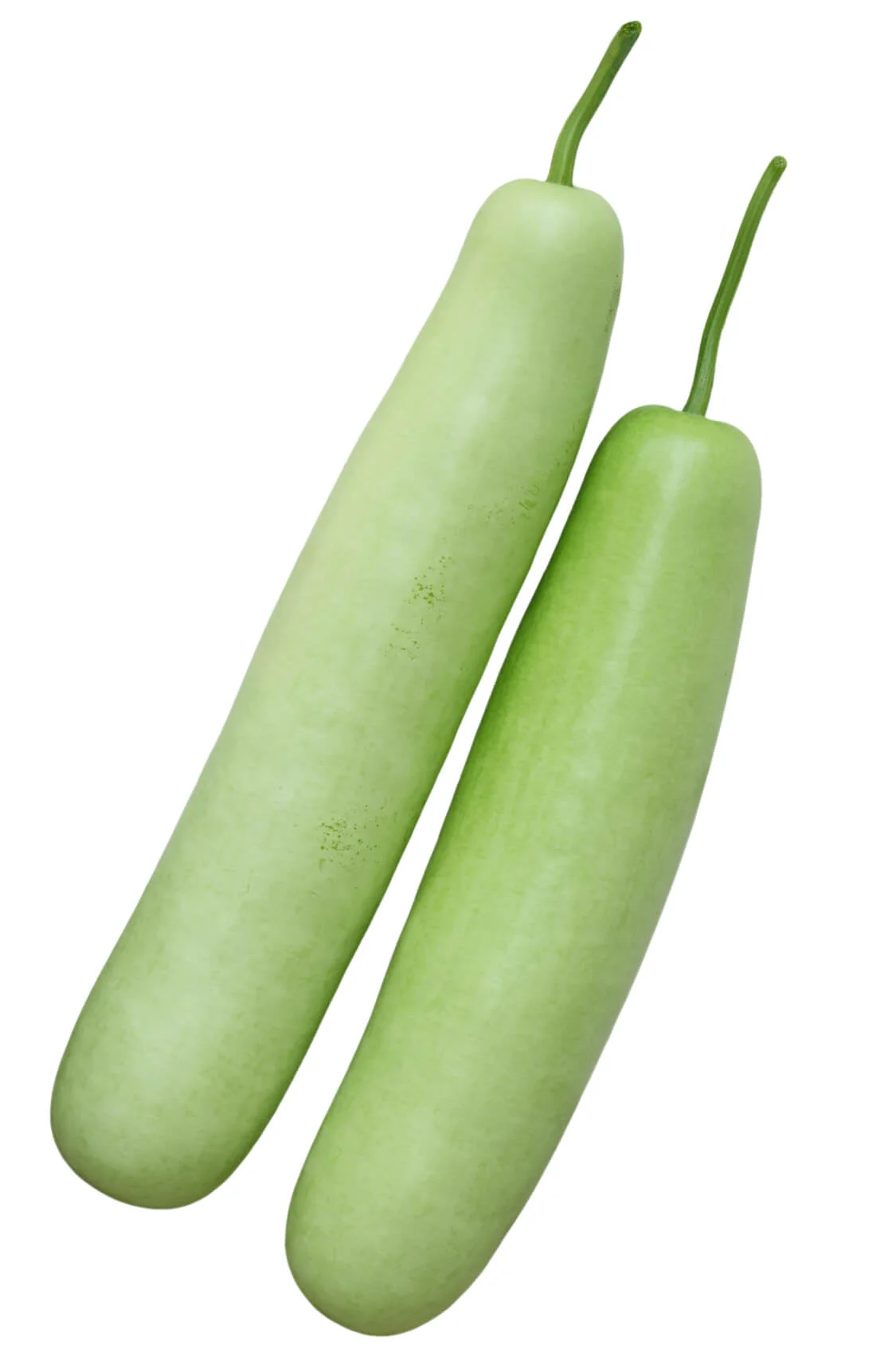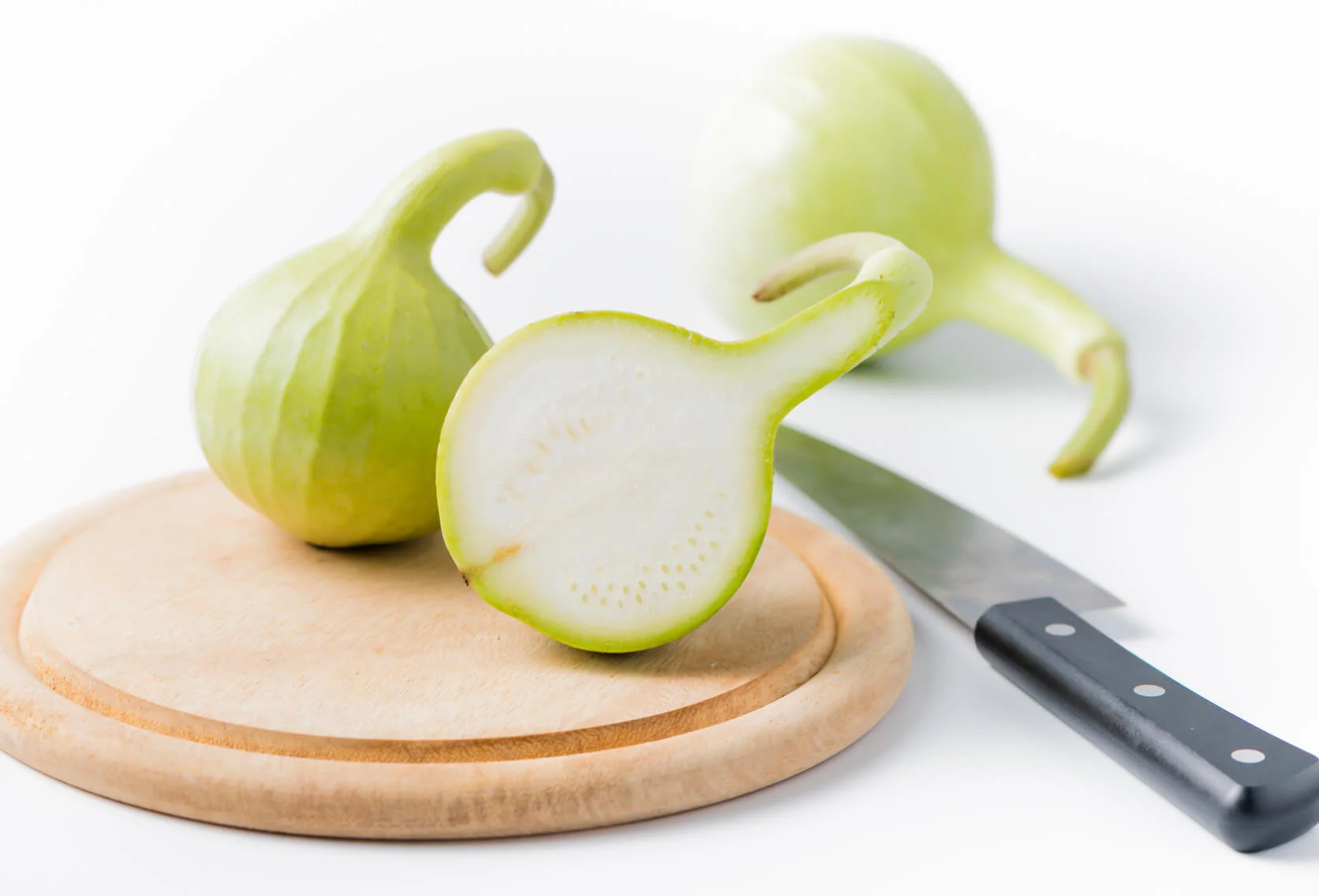How important is chewing food
By GeetaSeth
todays world of multitasking, one eats for the sake of eating but forgets to CHEW.
We all love to take care of our health and want to know all about healthy foods. The idea is to ingest the right food and become more healthy. Sure, why not.
Eating healthy is the correct way to take care of the body. But wait a minute, are you chewing your healthy food? Well, maybe no.
Are you always in a hurry while eating? There is a great possibility that in todays world of multitasking, one eats for the sake of eating but forgets to CHEW.
We watch TV, do computers, have meeting, play board games, chat on phone... all while eating. Yes true, and at the same time forget to chew the food.
Chewing food correctly is important for the health of the digestive system and thus avoid many health problems. The process of chewing food is called mastication. The process of digesting food starts in the mouth. Our salivary glands release an enzyme called ptyalin by chewing. The sugars ie. the carbohydrates starts splitting here into simple sugars before entering the stomach. So no chewing food means the food directly entering the stomach without starting the digesting process and thus one suffers from gas, bloating or diarrhea. If food is not chewed properly then the large pieces of food have to stay back longer in the stomach hence the growth of bacteria increases creating uneasiness or stomach infections. Also not chewing food lets the big particles enter the stomach and due to this there is less absorption of vitamin and minerals during its passage in the gut. Accumulation of unbroken food in the teeth increases plague formation further promoting cavities. Inadequate chewing can lead to constipation, acid reflux, and heartburn.
Weight gain sometimes due to eating fast without chewing can make a person not realize the amount of calories he/she is eating. So crush and churn the food before gulping it.
Researches suggest to chew the food 20 times to get rid of the above problems, but the fact remains that we chew it just 6 times .
So before you decide how much healthy food to eat, know how to correctly eat and remain healthy by avoiding un-necessary health issues.
In A Nut Shell About Grains, Legumes and Nuts
By GeetaSeth
WHEAT
This true grain comes from botanical family called 'Poaceae'. Wheat is most widely cultivated and is favourite for its culinary application. Wheat is high in carbs, fiber and protein complex which forms the gluten. It also contains B group vitamins like thiamin, riboflavin, niacin, folate and vitamin E. It is also rich in iron, zinc, magnesium, copper and calcium. There are two types of wheat , one is bread wheat which is used by all of us for various cookings at home in the form of chapati, porridge, various baking foods, flaked and puffed wheat is used for breakfast cereal and cereal snack bars and in bakeries . The other wheat is durum wheat which is the harder variety and is used commercially. It is ideally used for making different shapes pasta, semolina and couscous. Semolina is made from the endosperm part of the wheat. The process of cleaning, tempering, milling and purifying is done to get semolina. Couscous is another wheat product where coarsely ground wheat semolina is moistened and tossed with fine wheat flour until it forms little round balls. Refined grains like white flour are processed so the properties of germ and bran are removed. Refined flour and its products are low in vitamins and minerals.
RICE
This is the most eaten grain in the world. Rice is 85% carbohydrates, it has little amount of protein, its bran has insoluble fiber. it is high in potassium and low in sodium so is a blood pressure friendly food. It is gluten free and most non allergic grain. Brown rice is the one where the bran layer of it is still intact. it has more nutrients as the bran is not removed yet, hence it is fiber rich. Rice which is low in glycemic index are Doongara, clever rice and basmati rice. Jasmine rice is from Thailand, is fragrant and is usually steamed. Arabic rice is usually used for risottos.
OATS
This is a individual grain which almost never have its bran and germ removed in processing to make oat flour, so it has whole grain. Oats has a soluble fiber beta gluten which helps in removing the cholesterol and improves the blood glucose by good insulin response. Oats are high in carbohydrates, have a higher percentage of proteins than other grains, high in soluble fiber and has 8% unsaturated fats which is the healthy fats. Oats are also high in potassium and low in sodium thus health friendly. It contains B group of vitamins, copper and calcium.
CORN
This is the sweetest tasting grain. When the corn is matured and dried it is used like other grains to make flour. It is widely used by the food manufacturers. Corns are high in fiber and carbohydrates. They are also high in fats compared to other grains. Corn is gluten-free, the yellow corn contains beta carotene.
BARLEY
This is one of the oldest grain to be cultivated. It is low in gluten and fat. It is high in carbohydrates and fiber. It has low glycemic index. Malted barley is used for alcoholic beverages.
GRAM FLOUR
Used like grains in the form of flour. This is ideally made from ground chick peas. It is high in protein and gluten-free. It is heart healthy, helps in stable blood glucose. It is helpful in digestion. It has manganese, folate, copper, phosphorus, potassium, zinc, thiamin and vitamin B6.
Legumes and Dhals
They can also be called pulse or beans, lentils, peas. They are a good source of protein, iron, calcium and zinc and B vitamins. Black beans have folate, fiber, manganese, phosphorus, iron and antioxidants. They are high in protein and are good for diabetics. Chickpeas or garbanzo beans help lower the LDL , they are also good source of proteins. Hummus is a popular dish made from mashed chickpeas.
Grains and legumes eaten together are a good source of carbs and proteins with few micronutrients in it. This combination is a complete meal itself. Avoid refined flour as it is devoid of fiber and many vitamins
Foods that heal:
Bottle Gourd
By GeetaSeth
This vegetable and its juice are extremely beneficial for health. It is low in calorie, high in water content, high in fibre, very low in fat and cholesterol. It has iron and vitamin C.
It is suitable for hypertensive patients because of its high potassium content. Per 100 gram of it contains 85 mg of potassium.
Bottle gourd, being alkaline in nature, helps in reducing the acidity of urine and has a cooling effect in summers. Its water content keeps the body hydrated. No doubt its a favourite vegetable in the summer season. Consuming its juice has lots of health benefits. If the liver is inflamed due to any condition, it helps the liver to come back to its normal condition. The juice is very healthy for the heart and high blood pressure, thus a cardio tonic. Nothing like an organic bottle gourd.
Myth vs Fact. Which one have you done the most?
- By Geeta Seth
The urge of being slim is so high these days that one can find all types of advice coming from every person, especially if the person has tried and tested a diet on himself, he loves to advise the same diet. But remember, every human is made differently. The genes the person carries, the way the body reacts to different foods, the physical exercise capacity. All these have to be considered while making a diet. One of the unscientific advice which easily comes is to EAT LESS TO REDUCE WEIGHT. The low-calorie diets do not work in weight loss. In fact, they have a side effect of acidity, flatulence, dull skin, hair fall, fall of blood pressure. These diets never work in the long run. The person instead over a period of time gains back more weight.
Another MYTH which people carry is EAT EVERYTHING BUT IN MODERATION. Absolutely false, actually people love this advice and the idea of eating everything without the knowledge of calorific value. Like if one wants to eat a burger, he or she will have only one not realising that it has more than 500 calories at a single go. And at the same time it is not enough to fill the stomach. A little knowledge is dangerous and can harm the body.
Diet For Brain
- By Geeta seth
Our feel good factor, our zest for life, our wishes, and so many other mental tasks are done by the brain itself. When we concentrate on something, that good power of concentration depends upon the good flow of messages freely flowing between the brain cells. The food for these cells is the oxygen and sugar which we get from the blood. A good calorie intake throughout the day is essential for this. The signals generated are transformed from one cell to another. Insulated nerve fibres are the basic material for these messages to flow. Again, in order to make the sheath which insulates the nerves, the brain requires the material called myelin. The foods which help to build the myelin are the omegas from the fish, dry fruits, flaxseeds, pumpkin seeds.
The key neurotransmitter which carries the information between cells swiftly and gives a feel good factor is called dopamine. They are our mood elevators. We can also call them our feel good factor messengers. people who eat less or are on a diet, automatically have less amount of dopamine in their brain thus are in a not feel good factor mode. Foods that are high in sugars and fats give a quick spike to the chemical dopamine, but again quickly give a fall too. The molecules we require to manufacture dopamine are called phenylalanine are in dry fruits, meat, soy, eggs. Another neurotransmitter called serotonin also gives a feel good factor and satisfaction. The brain requires tryptophan which is found in eggs and meat. Good fats essential for the brain are found in almonds, walnuts, sesame seeds, pistachios, sunflower seeds. Antioxidants are essential for brain tonic. The brain gets easily tired with over activity throughout, the antioxidants help in cleaning the brain and removing the toxins. Green tea is good to boost the brain activity.
Make sure that the blood has enough oxygen throughout to be supplied to the brain constantly, and oxygen one gets through physical exercise. so ensure to get involved in physical activity daily, to boost brain further get into the habit of solving mental puzzles, games, etc.




